Who doesn’t want a clean bathroom environment? However, maintaining such a space that is prone to erosion and staining can be challenging. It is very important to take care of your favorite bathroom suite over time.
Negligence can lead to long-term damage and stains on the floor around the toilet. In the absence of regular maintenance, these stains can become even more stubborn. Did you know that common household items like vinegar, baking soda, and lemon can effectively combat staining and are budget-friendly as well? Sounds great, doesn’t it?
This article will let you know what causes stains and how to get rid of stains on floor around toilet.
What Causes Stains On Floor Around Toilet?
| Causes | Description | Prevention |
|---|---|---|
| Water Leakage | Presence of water leakage from the toilet’s base | Regularly inspect and maintain toilet seals |
| Condensation | Formation of water droplets due to temperature differences | Improve ventilation and reduce humidity |
| Toilet Bowl Seal Damage | Damage or wear to the seal between toilet bowl and floor | Replace damaged seals |
| Overflows or Spills | Toilet overflowing or accidental spills during cleaning | Exercise caution and promptly clean spills |
| Improper Cleaning | Use of harsh or abrasive cleaners on the floor | Use appropriate cleaning products and methods |
| Mold or Mildew Growth | Excessive moisture promoting mold or mildew growth | Ensure proper ventilation and manage moisture |
| Rust or Corrosion | Rust or corrosion of metal components near the toilet | Regularly inspect and address rust issues |
One of our articles –Why Toilet Smells Worse After Cleaning?
A home’s bathroom speaks to that family’s tastes and health awareness. If your toilet is dirty, it can leave you very uncomfortable.
Finding out why stains on the floor can help you take further measurements. So what is the reason behind straining?
- While urine, ammonia, and other harsh chemical substances come in contact, yellow stains on the floor discolored around the toilet occur. It also can occur by destroying the surface of the floor in case the wax coating over it is eliminated.
- If the floor is dirty and humid, fungi and bacteria can easily settle any produce black or brownish mold around toilet base stains because of the colonization of microorganisms. Brownish stains can also occur due to rusting of the screws and bolts around the toilet.
- Can Ionic discharge and minerals of water be the reason behind staining? Definitely. Also, water stains on the floor around the toilet can be bothersome as it’s one of the common situations.
- Blue stains on floor around the toilet can be produced for many reasons. Such as excessive metallic residues (especially copper) deposited from copper fittings and pipes as well as a component of water.
- Also, if the bathroom tiles are not cleaned regularly, the beauty of the bathroom can be ruined by getting unwanted black spots and all the cons mentioned before.
- Is there Discolored linoleum around the toilet? It indicates that the water is leaking from the toilet and getting transferred inside the flooring, which causes fading of the surface and It is also a good idea to read up on how to stop water shooting out of toilet tank.
So, these are some of the most common causes of black, yellow, or any stubborn stains around the toilet floor.
How To Get Rid Of Stains On Floor Around Toilet?
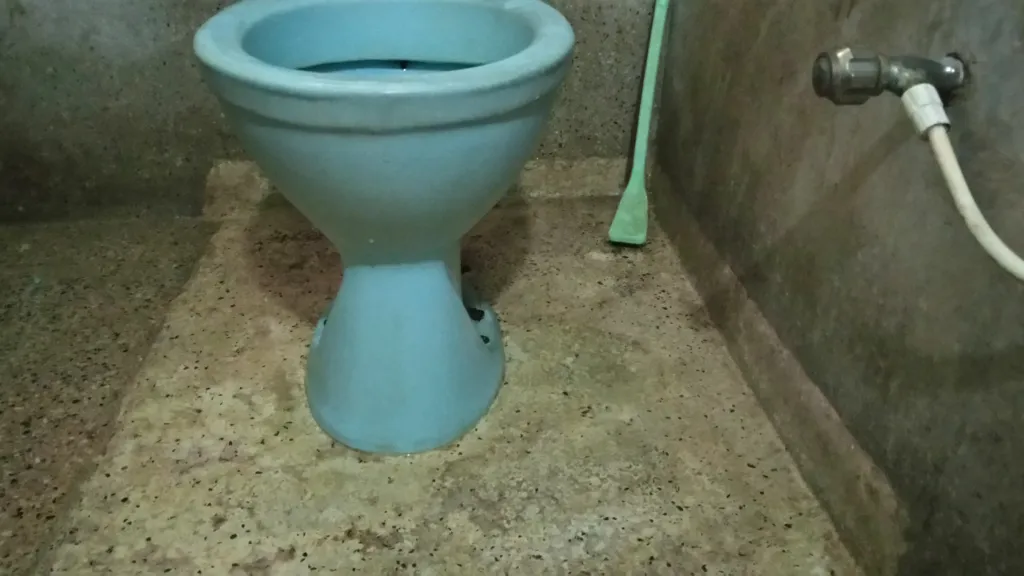
Many people consider that cleaning the bathroom means only when the commode is clean. As a result, the bathroom tiles gradually lose their shiny look from carelessness. Today let’s find out some easy tips to clean bathroom tiles!
What you will need
- Sponge or scrubbing pad
- Spray bottle
- Napkin or paper towel
- A toothbrush or a floor brush
- Bucket
- Mop
- Salt
- Vinegar
- Baking soda
- Lemon juice
- Hot water
Step-1: Start with wiping the floor
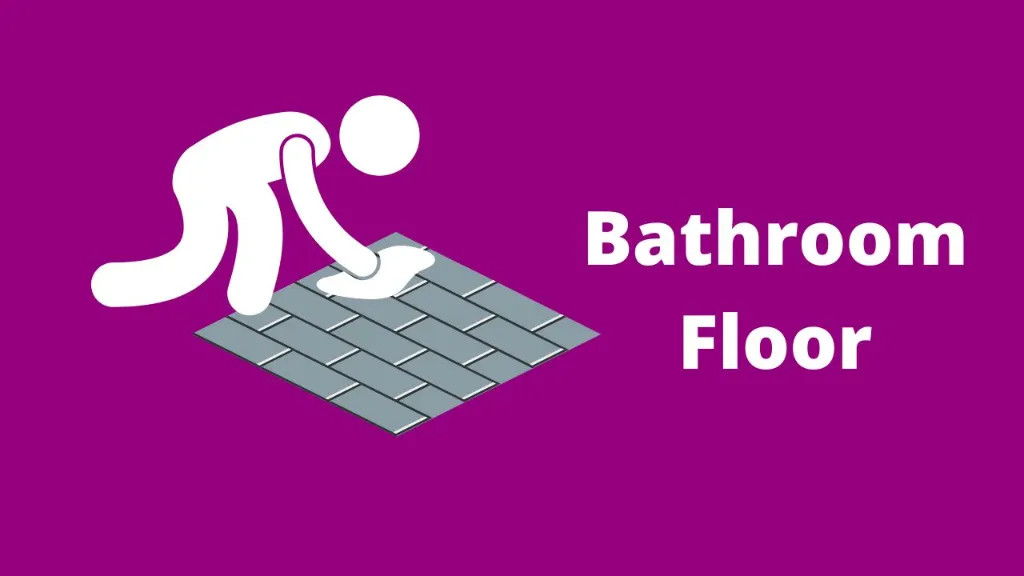
Before you start the cleaning, make sure that the bathroom is completely dry. Take a dry cloth or Napkin to wipe all over the surface around the toilet. It will make the procedure of cleaning the bathroom less time-consuming. Also, this would be a great hack while removing excess dirt, gunk and grease from the bathroom.
Step-2: Use a specialized cleaner
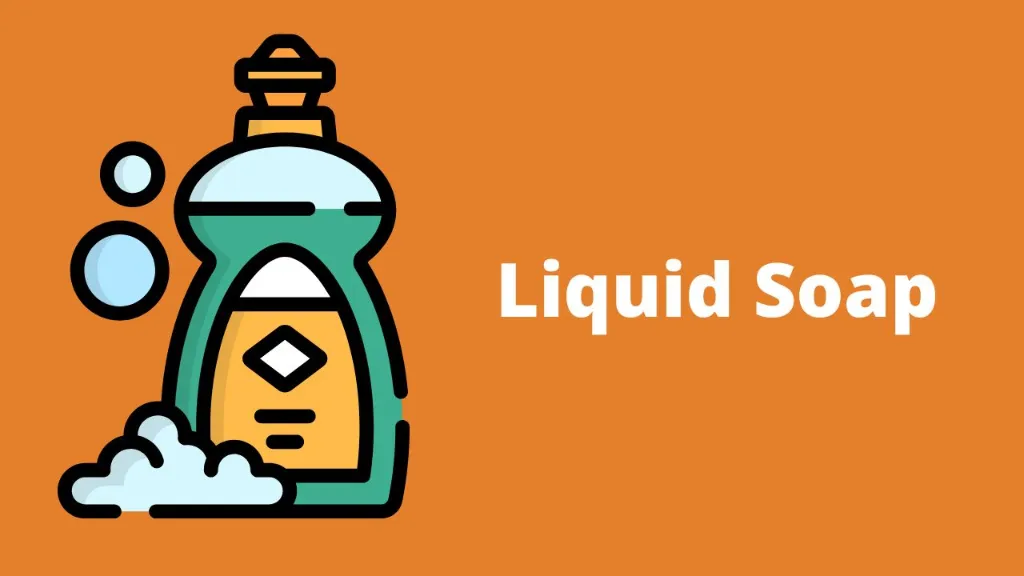
Using liquid soap with optimum pH and oil-free formula is better. Add water with it to clean the floor. Leaving any cleaner on the tiles for more than 20-30 minutes is prohibited. If so, the tiles may be damaged. Water stains or iron accumulated in it will be removed while brushing.
Spread the cleaner on the entire bathroom tiles. Now, wait for 20-30 minutes. Be careful not to leave the cleaner too long. Repeat this process 2-3 times a week.
Step-3: Use a specific hard brush to clean
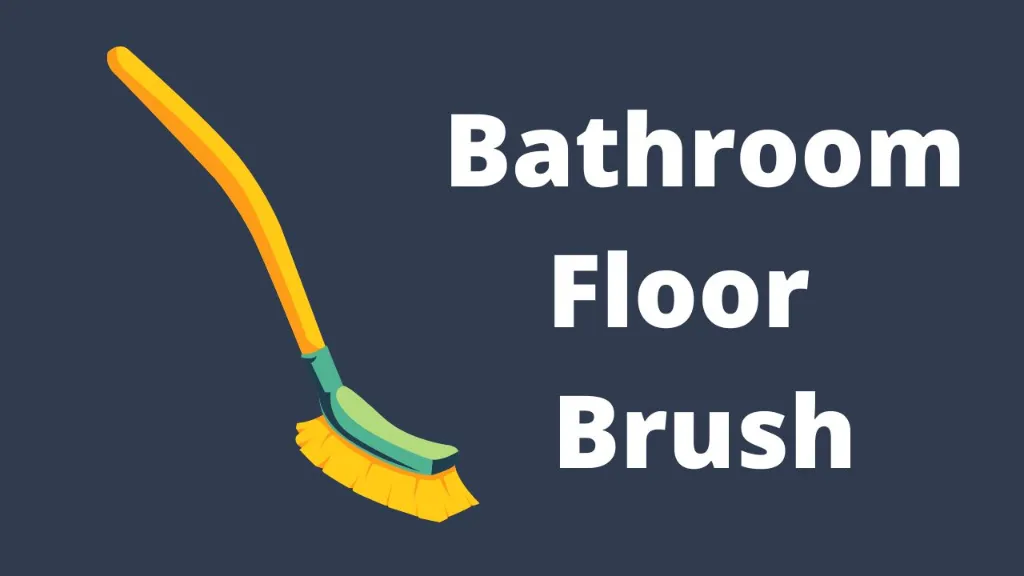
Use a rigid brush to clean the tiles. Rub the tiles floor well with the brush.
Clean the corners of the bathroom with an old and previously used toothbrush.
Dirt stains can still remain in the joints and accessible portions. You need to clean those areas with an old toothbrush.
Step-4: Finish with water rinse
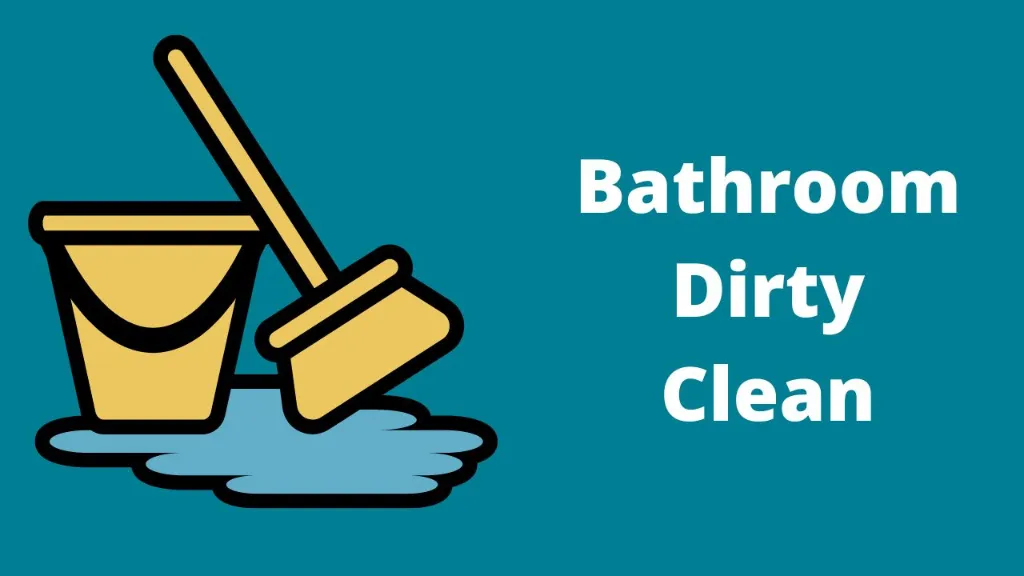
After rubbing with a brush, rinse the area with fresh water. Pour enough water to remove all the dirt and wash it away.
What Are The Natural Remedies To Remove Stains From Toilet Floor?
There are many home products that are available at almost every home, and effective to clean the bathroom, toilet, and any other surfaces. Now, let’s share some home products methods to clean your bathroom.
Method-1: Usage of Vinegar
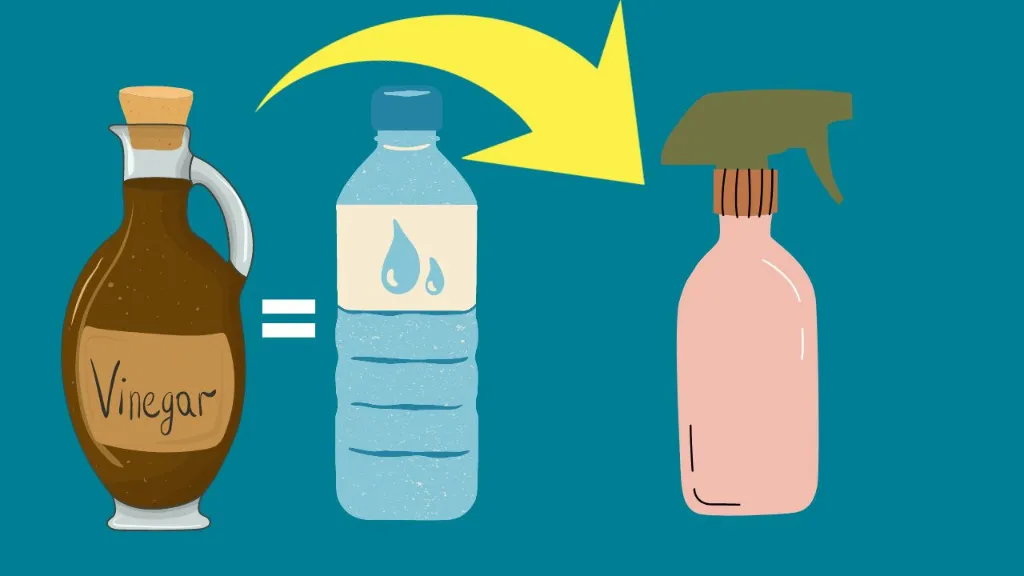
Mix an equal amount of vinegar and water to make a mixture. Now fill it in a spray bottle. Now spray it on the tiles, especially on the dirty stains.
Leave it like this for 10-15 minutes. Rub after 15 minutes, then rinse with water. This allows you to clean not only the stains on the floor around the toilet but also basins, cabinets and all. Vinegar also helps to prevent bad odor. It’s also known as an anti-microbial agent
Method-2: Baking soda as a Bleaching Agent
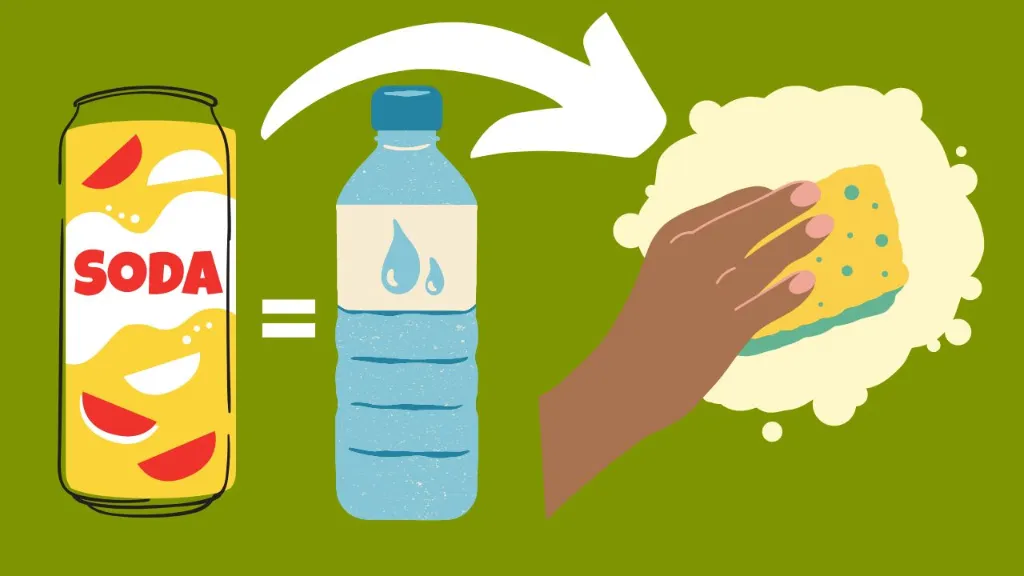
Apply baking soda on a cloth or sponge to the dirty stains on the tiles. Now rub it for a while. Also, make a solution of equal amounts of baking soda and water. Apply this mixture to the tiles and rub for a while. Then rinse with water. You can use it instead of vinegar.
In order to prevent damage to tiles from oil and grease, clean the stains immediately with soapy water. The stain will not last. You can use a mixture of baking powder and bleaching powder in the bathroom. It will keep the bathroom clean as well as sterile.
Method-3: Use of lemon for bathroom cleaning
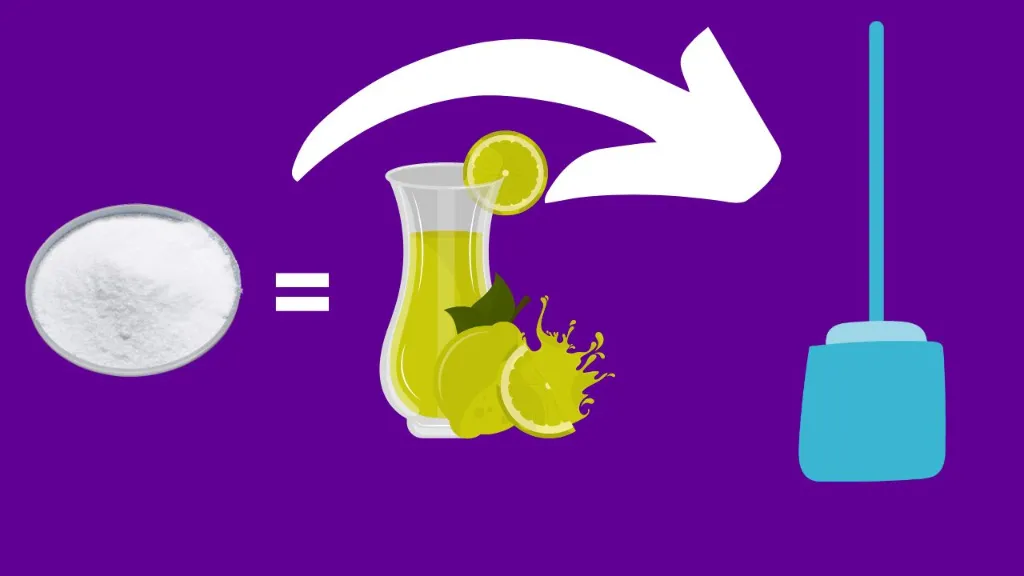
You can use a paste made from two to three parts borax and one part lemon juice to clean a dirty toilet bowl with its rim, stirring the juice slowly. Let it rest for about 90 to 120 minutes, and then use a toilet brush to clean the bathroom.
Use a paste of borax and lemon juice or a solution of turpentine and salt to remove discoloration. Whichever method you choose, take immediate action against stains. The sooner you will deal with them, the easier it is to get rid of them.
Method-4: Salt for hard stains
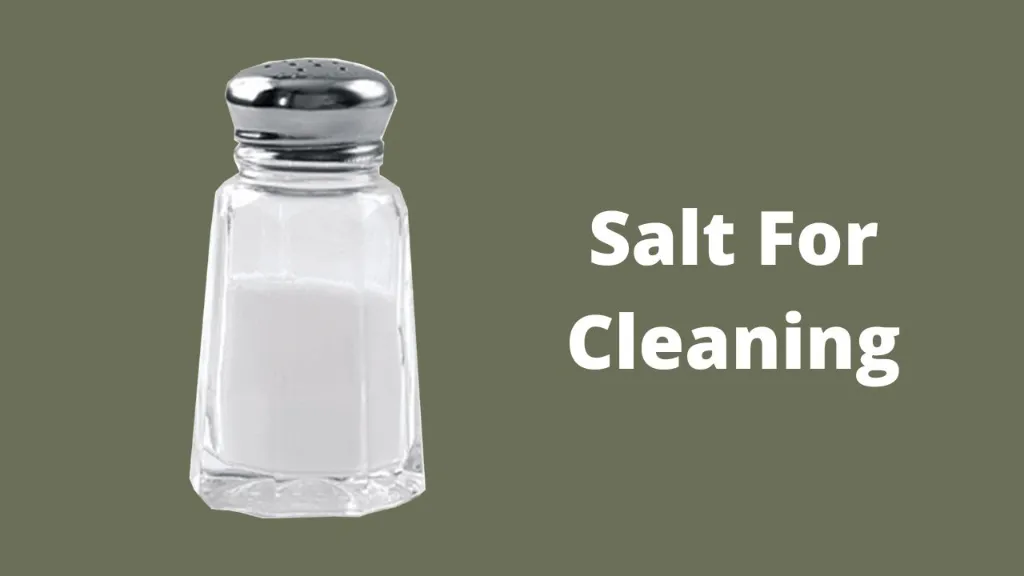
Make sure the bathroom tiles are wet before using salt. Use salt on the spot and wait for about 1 hour. Then scrub it clean with a scrubber. You see the results by yourself! It makes the hard water stains on the bathroom floors go away for good and keeps it sterile.
Check our latest guide: Is Muriatic Acid Safe For Toilets? [Here’s The Real answer].
Also, read the related guide: How to Clean a Toilet Bowl with Comet.
Safety Precautions for Bathroom Cleaning
While maintaining a clean bathroom is essential for health and hygiene, it’s equally important to ensure your safety during the cleaning process. Follow these safety precautions to prevent accidents and protect yourself and your family:
- Ventilation: Ensure proper ventilation in your bathroom. Open windows or use an exhaust fan to reduce the concentration of cleaning fumes. Adequate ventilation helps prevent inhaling harmful chemicals.
- Read Labels: Always read and follow the instructions and warning labels on cleaning products. Different products may have specific usage guidelines and safety precautions.
- Protective Gear: Wear appropriate protective gear, such as gloves and safety goggles, when handling cleaning agents. This protects your skin and eyes from potential irritation or chemical exposure.
- Mixing Chemicals: Never mix different cleaning chemicals, as this can produce toxic fumes. Use each product as directed, and store them separately.
- Keep Products Out of Reach: Store cleaning products out of the reach of children and pets. Use childproof locks on cabinets if necessary.
- Avoid Slip and Fall: Use non-slip mats or rugs in your bathroom to prevent slips and falls. Wet surfaces can be hazardous.
- Proper Disposal: Dispose of empty cleaning product containers following local regulations. Do not dispose of them in a way that harms the environment.
- First Aid: Have a basic first-aid kit on hand in case of minor accidents. Know how to treat common injuries like cuts or abrasions.
- Store Products Safely: Keep cleaning products in their original containers with secure caps. Avoid transferring them to unmarked containers, which can lead to confusion.
- Label Homemade Cleaners: If you create your own cleaning solutions, make sure to label them clearly with their ingredients to avoid confusion or accidents.
Related Questions
[faq-schema id=”9501″]
Final Words
If you notice stains around the toilet bowl, seat, or other places after entering the toilet, you may feel uncomfortable and may not want to use the toilet until you’ve cleaned any rust around the toilet base
But if you clean the toilet without following the right process and won’t use the right cleaners, there is a high chance of these stains remaining after cleaning.
So, your effort, time, and energy will be valueless. Now you know the right direction of toilet floor cleaning, follow the instructions and enjoy a clean, stain-free, and fresh toilet everyday.
Yes, do not forget to wear safety gears as precautions, and keep kids far to avoid accidents.




![How to Remove Crystallized Urine [Explained]](https://homepander.com/wp-content/uploads/2022/02/How-To-Remove-Crystallized-Urine.jpg)
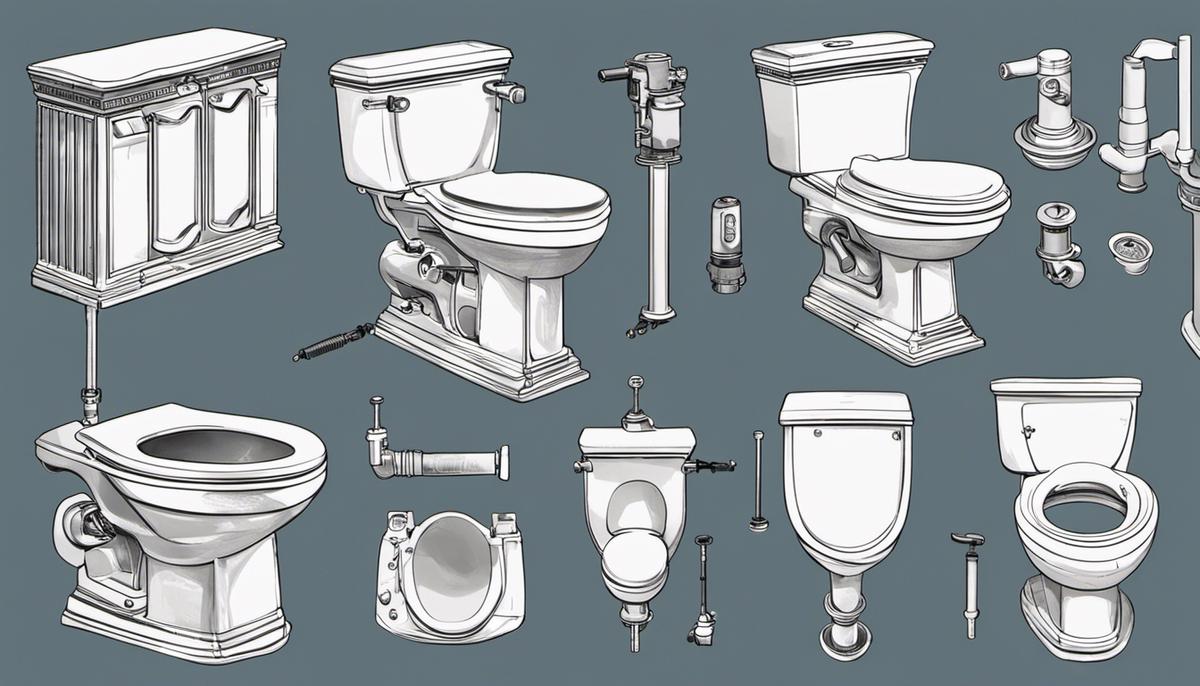
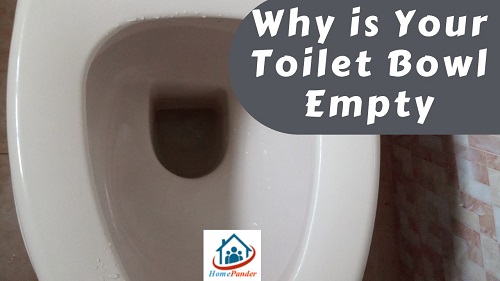
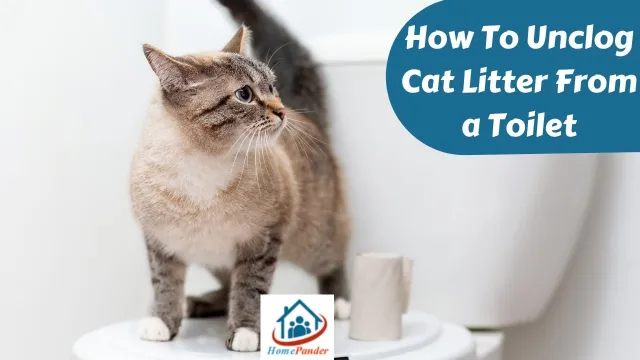
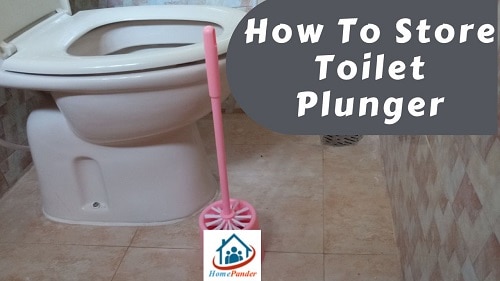
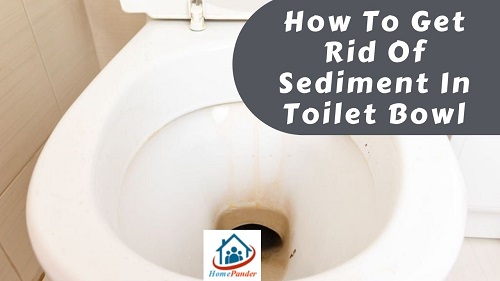
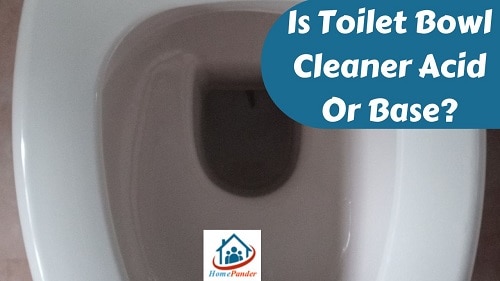
![How To Clean Dark Grout That Has Turned White [5 Easy Ways]](https://homepander.com/wp-content/uploads/2021/12/How-To-Clean-Dark-Grout-That-Has-Turned-White.webp)